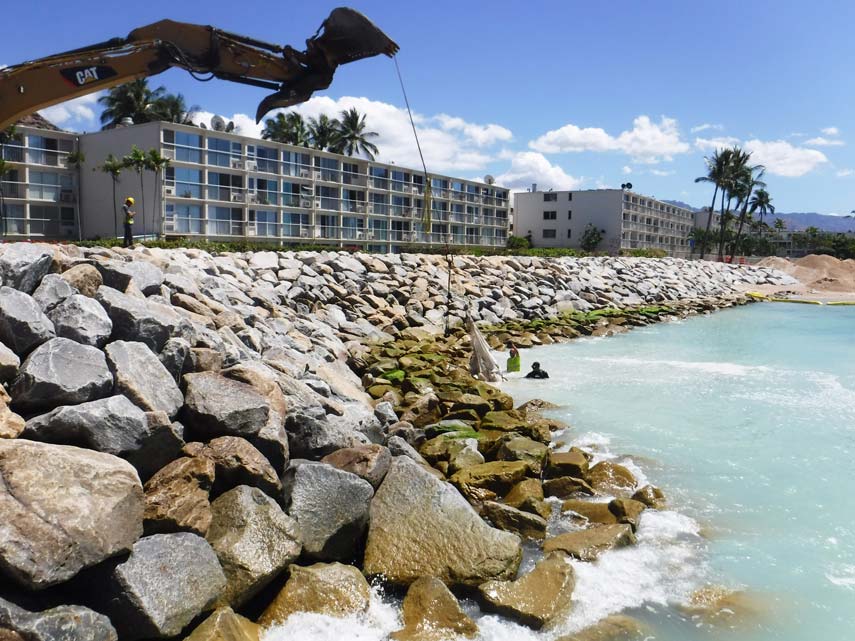Coastal erosion is a significant issue that affects many coastal communities around the world. In order to protect their shorelines from the damaging effects of erosion, engineers and coastal planners have developed various strategies, one of which is the implementation of rock revetments.
Rock revetments are a type of coastal defense structure designed to absorb and dissipate the energy of incoming waves, thereby reducing erosion. The design of rock revetments typically involves the placement of large rocks or boulders along the shoreline to create a barrier that slows down the movement of waves and dissipates their energy. If you need more information about rock revetment design, you may visit here https://www.coastseawall.com/rock-revetment-west-palm-beach-fl/.

Image Source: Google
The effectiveness of rock revetments lies in their ability to withstand the forces exerted by waves and the tides. When properly designed, rock revetments can provide long-term protection against erosion while maintaining the natural aesthetics of the shoreline. The design process takes into consideration various factors such as wave height, storm surge, sediment transport, and the geological properties of the area.
The size and gradation of the rocks used in the revetment design are crucial for ensuring stability and preventing scouring. The rocks are typically placed in a sloping manner to allow for better wave energy dissipation.
Proper maintenance and monitoring are essential for the long-term success of rock revetments. Regular inspections should be conducted to identify any areas of concern, such as loose or displaced rocks, and necessary repairs should be made promptly.
Overall, they have proven to be an effective solution for coastal erosion control. Their design, when implemented correctly, provides both structural integrity and natural aesthetics, ensuring the protection and preservation of coastal communities for years to come.